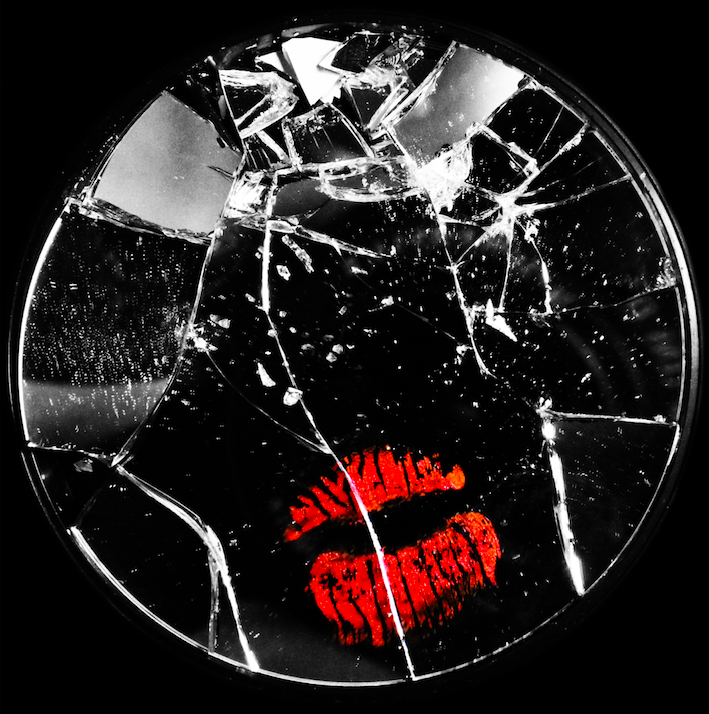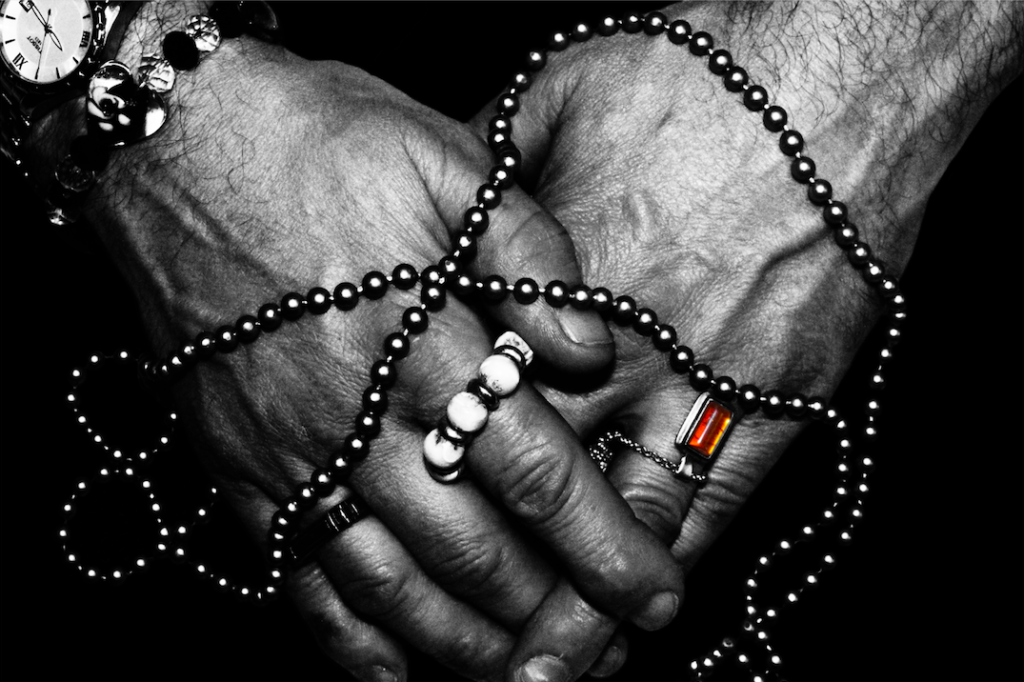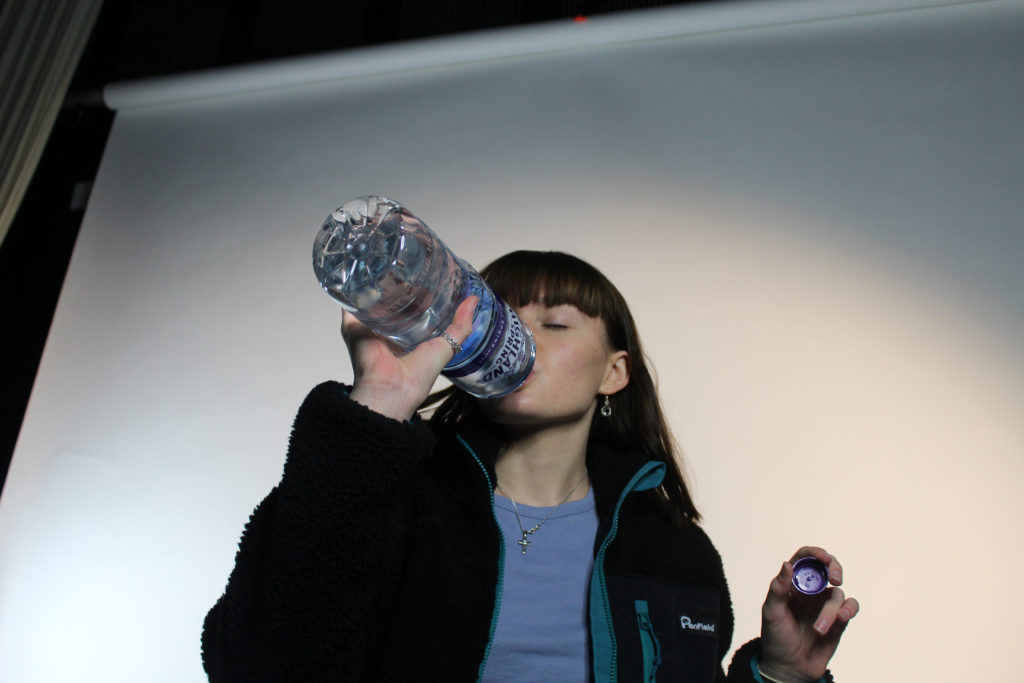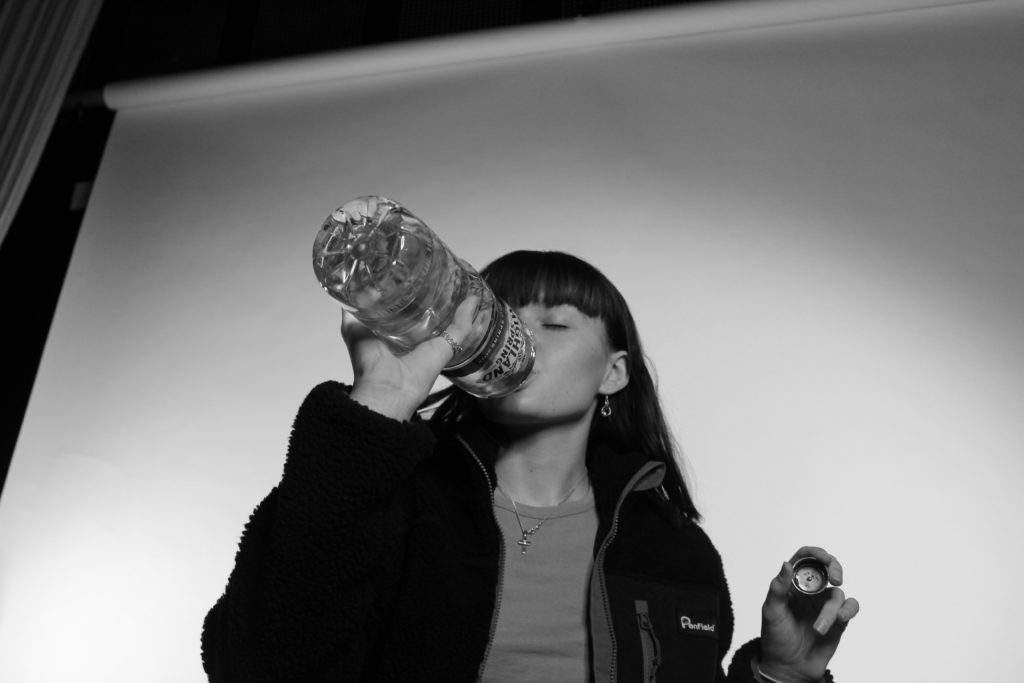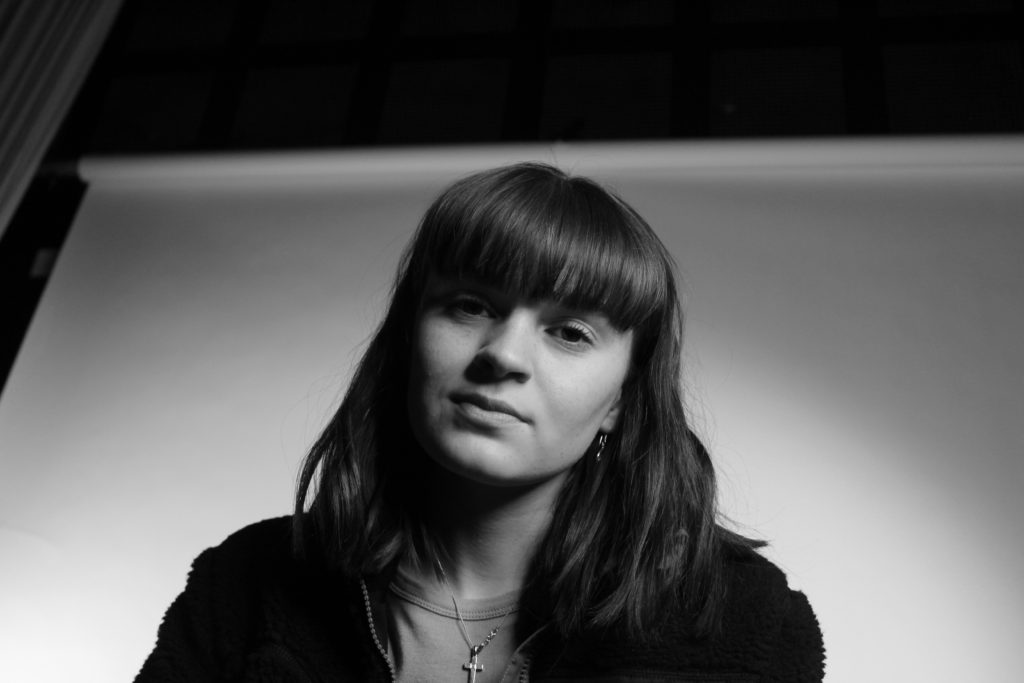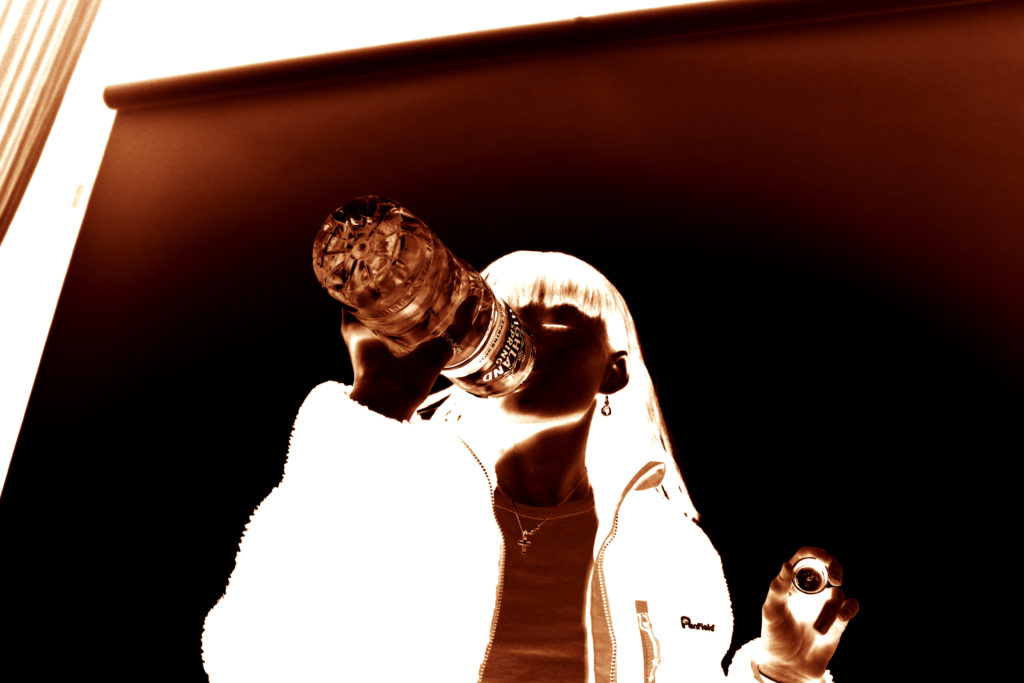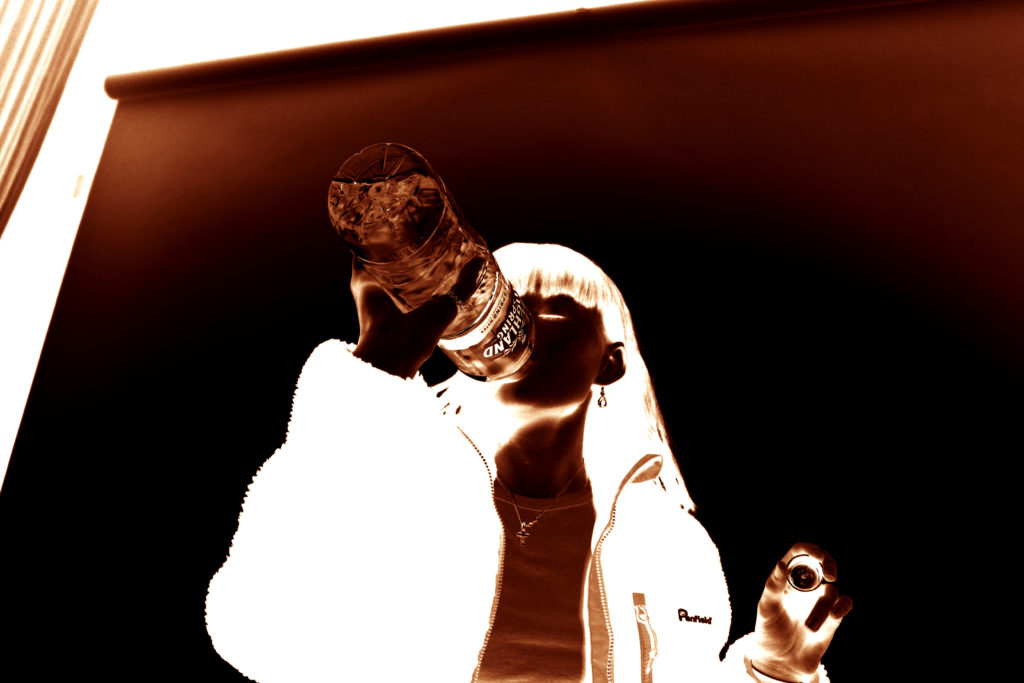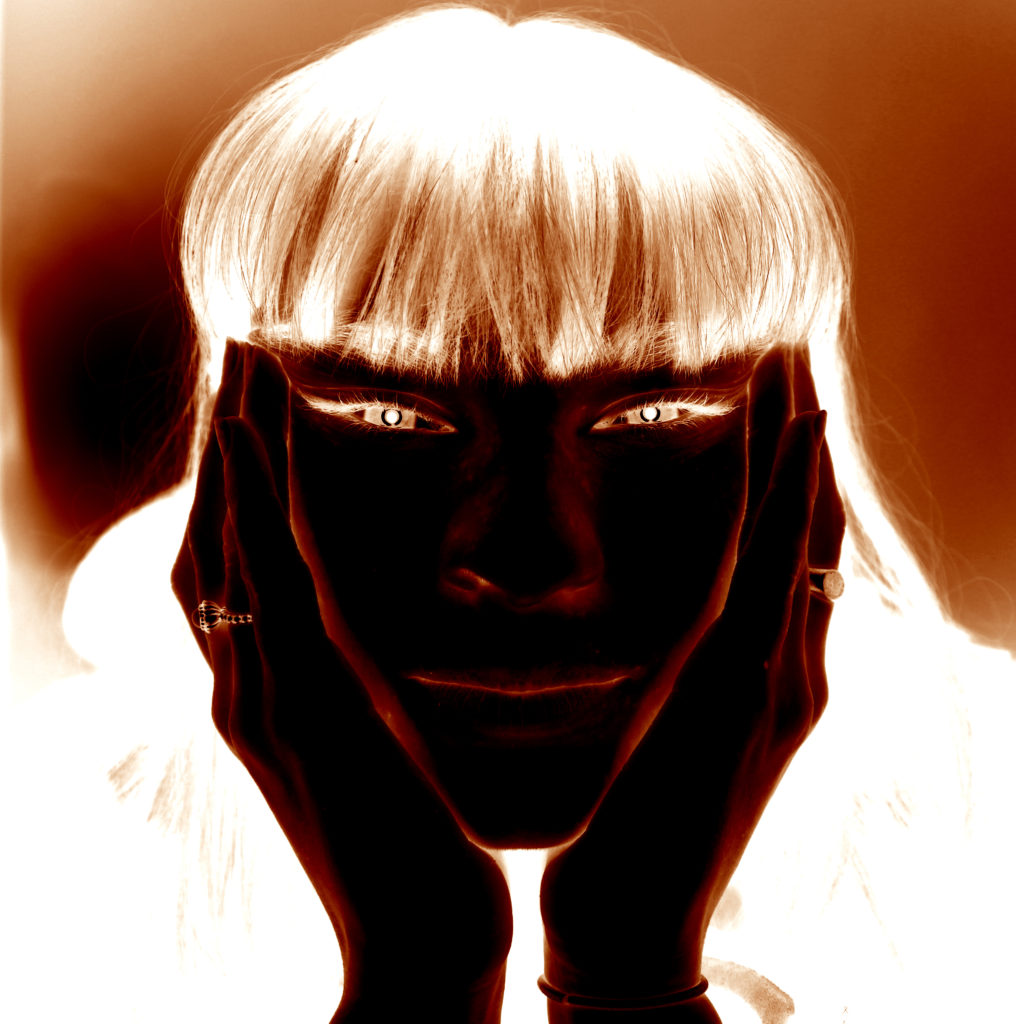Man Ray was one of the most earliest surrealist photographers, he was born in 1890 in Philadelphia, Pennsylvania as a Jewish immigrant from Russia. Much like Cahun he also changed his name from Emmanuel Radnitzky to Man Ray. In 1912 this family changed their last name in order to fit into American society. The famous quote from surrealist Francis Picabia ‘only useless things are indispensable’ links to how both photographers changed their names. Names are pointless, they are simply a way of others identifying you through association of your face with your name. In the world of surrealism, a name is essential to who you are, names tell stories about your heritage and they put you a bracket. This emphasis of ‘useless’ items being ‘indispensable’ is seen throughout Man Ray’s collection of Rayographs. These were known as camera-less photographs, he placed objects such as thumbtacks and coils of wire on a sheet of photosensitized paper and exposed it to light. These images were the binary opposites of the trends in photography at the time. Movements like pictorialism involved no manipulation, believing that adaptations and uniqueness would be a disruption to the artistic integrity of the medium.

Untitled Rayograph- Man Ray, 1922.
This image is part of his 1922 ‘Spiral Series’, composed of a spiral object and other shapes, from cubes to glass goblets. They mimicked dream-like landscapes, inspired by Giorgio De Chirico, the intent was to create a nonsensical concept, so that it was up to the readers imagination to take meaning from it or not. It was the whole idea that photography didn’t need to be literal, it could be metaphorical and creative. The coils of wire represent the lengths of your unconscious mind and how there is endless visions and emotions, some we don’t know about yet and ones we will never know about. The possibilities are endless in the unconscious which also can be translated into the world of photography, there aren’t patterns or trends to follow, you make your work your own. In the background there are clouds, giving the impression of different levels of space and slow movement. “You can never step in the same river twice” is the famous saying from philosopher Heraclitus. A river is constantly moving, as soon as you step into a river it will have changed within milliseconds, like surrealism, there is no consistency, artists are all different, there are no two photos the same. It is a fluid concept. Similarly, clouds are constantly changing shape, yet in this image the cloud is frozen in time.


